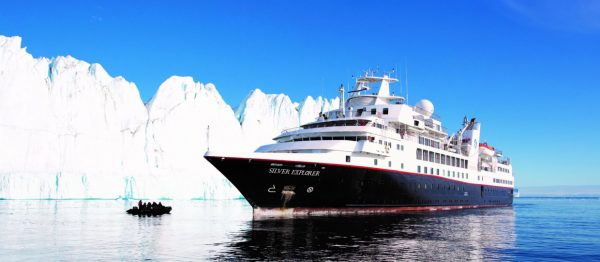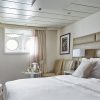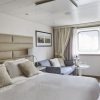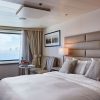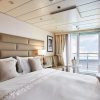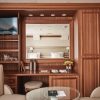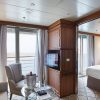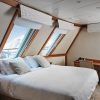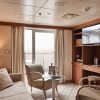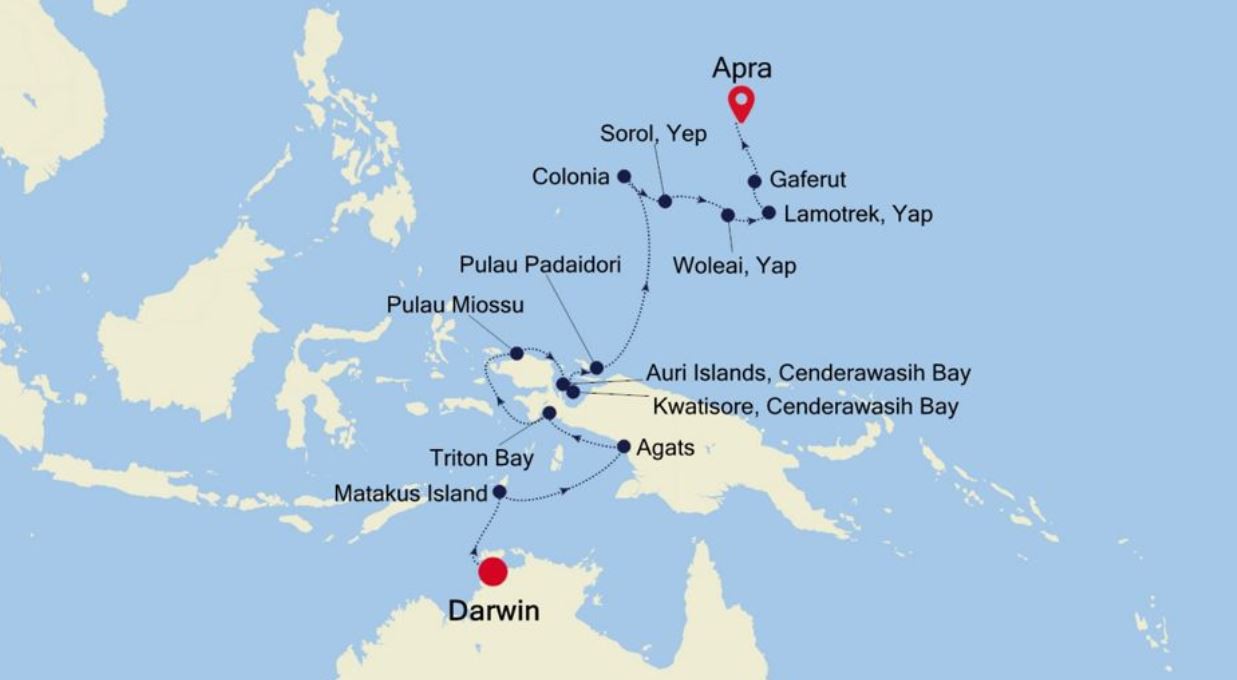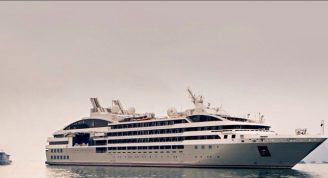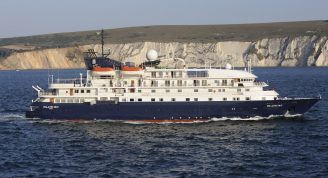Description
They may be hard to get to, but the lesser-known islands of Indonesia and Micronesia are well worth it. Experience cultures and traditions that make up the beating heart of the region – get off the beaten track with a Zodiac trip to Agats and (hopefully) meet the reclusive Asmat tribe, learn the near-forgotten art of traditional sailing in Yap and if luck is on our side, swim with harmless whale sharks in Papua New Guinea.
Trip Name
Darwin to Apra Expedition (Silver Explorer)
Days
20
Overview
Vessel Type: Luxury Expedition
Length: 108 metres
Passenger Capacity: 144
Built / refurbished: 1989 / 2008 / 2018
Silversea’s purpose-built luxury Silver Explorer expedition cruise ship has been designed specifically for navigating waters in some of the world’s most remote destinations, including both of earth’s polar regions. A strengthened hull with a Lloyd’s Register ice-class notation (1A) for passenger vessels enables the Silver Explorer Expedition Cruise Ship to safely push through ice floes with ease. A fleet of 12 Zodiac boats allows Silversea Expedition guests to visit even the most off-the-beaten path locations and an expert Expedition Team provides insight and understanding to each unforgettable Silver Explorer luxury cruise adventure.


